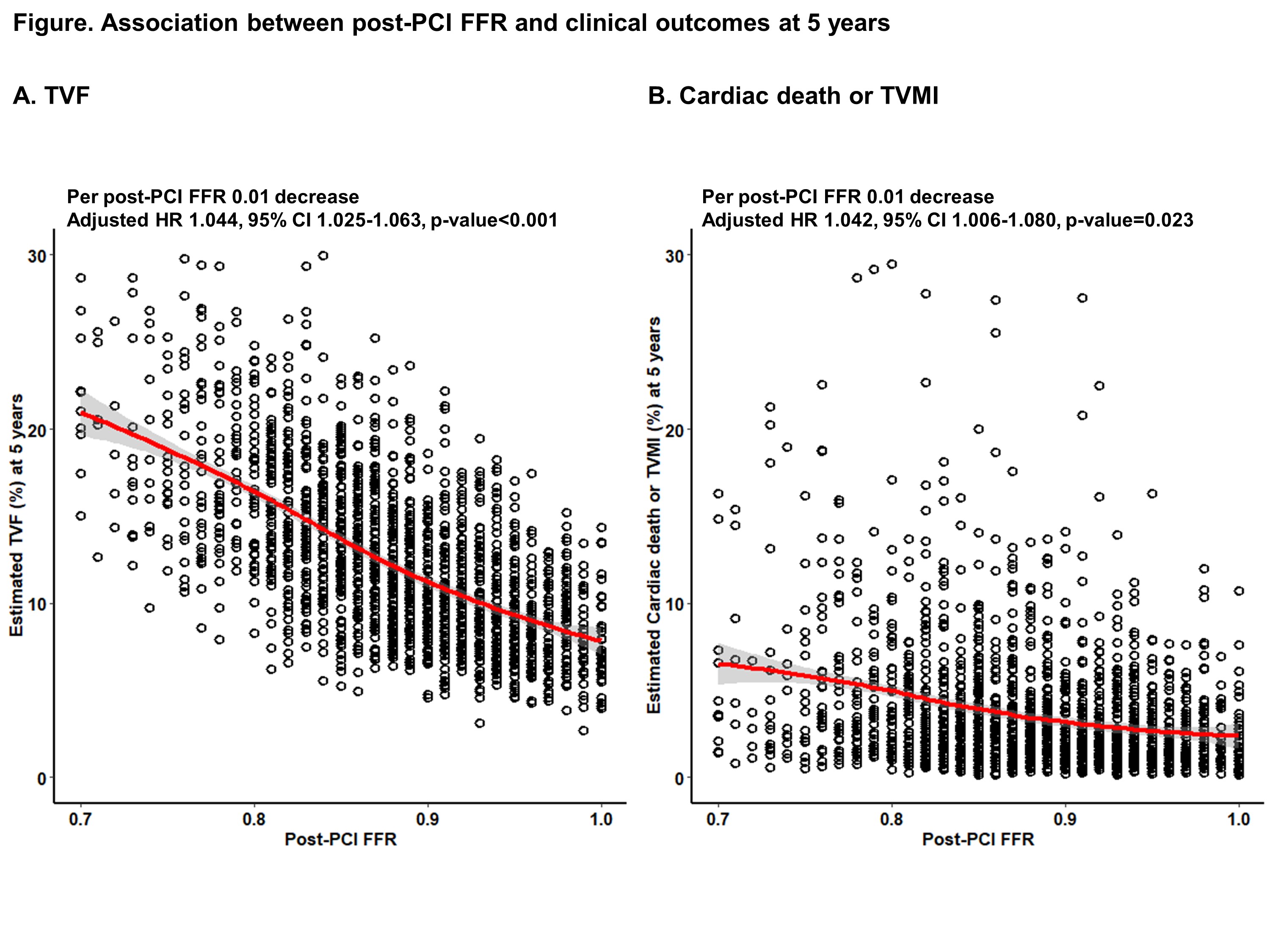Lots of interesting abstracts and cases were submitted for TCTAP 2023. Below are the accepted ones after a thorough review by our official reviewers. Don’t miss the opportunity to expand your knowledge and interact with authors as well as virtual participants by sharing your opinion in the comment section!
TCTAP A-004
Long-Term Prognostic Impact of Fractional Flow Reserve After Coronary Stenting: Insights From the Internation Post-PCI FFR Extended Registry
By Bon-Kwon Koo, Doyeon Hwang, Jaewook Chung, Joo Myung Lee, Hyunjong Lee, Chang-Wook Nam, Eun-Seok Shin, Joon-Hyung Doh, Akiko Matsuo, Hitoshi Matsuo, Shao-Liang Chen,
Presenter
Authors
Affiliation
Long-Term Prognostic Impact of Fractional Flow Reserve After Coronary Stenting: Insights From the Internation Post-PCI FFR Extended Registry
Bon-Kwon Koo1, Doyeon Hwang1, Jaewook Chung1, Joo Myung Lee2, Hyunjong Lee3, Chang-Wook Nam4, Eun-Seok Shin5, Joon-Hyung Doh6, Akiko Matsuo7, Hitoshi Matsuo8, Shao-Liang Chen9, 10
Seoul National University Hospital, Korea (Republic of)1, Samsung Medical Center, Korea (Republic of)2, Sejong General Hospital, Korea (Republic of)3, Keimyung University Dongsan Hospital, Korea (Republic of)4, Ulsan University Hospital, Korea (Republic of)5, Inje University Ilsan Paik Hospital, Korea (Republic of)6, Kyoto Second Red Cross Hospital, Japan7, Gifu Heart Center, Japan8, Nanjing First Hospital of Nanjing Medical University, China9, Tsuchiura Kyodo General Hospital, Japan10
Background
Methods
Results



